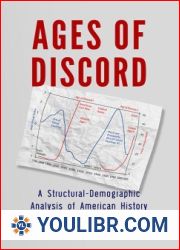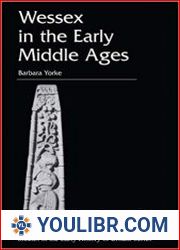
BOOKS - Ages of Discord


US $6.95

409513

409513
Ages of Discord
Author: Peter Turchin
Year: September 1, 2016
Format: PDF
File size: PDF 12 MB
Language: English
Year: September 1, 2016
Format: PDF
File size: PDF 12 MB
Language: English
We are on the wrong trackSeventy percent of Americans (and counting) think so. The inflation-adjusted wage of a US worker today is less than 40 years ago - but there are four times as many multimillionaires. As inequality grows, the infrastructure frays and the politics become more poisonous. Every year, more and more Americans go on shooting sprees, killing strangers and passers-by - and now, increasingly, the representatives of the state.Troubling trends of this kind are endlessly discussed by politicians, public intellectuals, and social scientists. But mostly, they talk about only a small slice of the overall problem. After all, how on earth can yet another murderous rampage have anything to do with polarization in Congress? And is there really a connection between too many multimillionaires and government gridlock?Historical analysis shows that long spells of equitable prosperity and internal peace are succeeded by protracted periods of inequity, increasing misery, and political instability. These crisis periods - "Ages of Discord" - tend to share characteristic features, identifiable in many societies throughout history. Modern Americans, for example, may be disconcerted to learn that the US right now has much in common with the Antebellum 1850s and, even more surprisingly, with ancien regime France on the eve of the French Revolution. Can it really be true that our troubled age is nothing new, and that it arises periodically for similar underlying reasons? It can. Ages of Discord marshals a cohesive theory and detailed historical data to show that this is, indeed, the case. The book takes the reader on a roller-coaster ride through American history, from the Era of Good Feelings of the 1820s to our first Age of Discord, which culminated in the American Civil War, to post-WW2 prosperity and, finally, to our present, second Age of Discord.Unlike societies in the past, however, we are in a unique position to take steps to escape the worst. Societal breakdown and the ensuing wave of violence can be avoided by taking collective, cooperative action. The structural-demographic theory, explained in this book, helps us understand why demographic, social, and political trends changed direction from favorable to unfavorable in America around the 1970s. Such understanding is the key to developing reforms that would reverse these negative trends and move us to a more equitable, prosperous, and peaceful society.














































